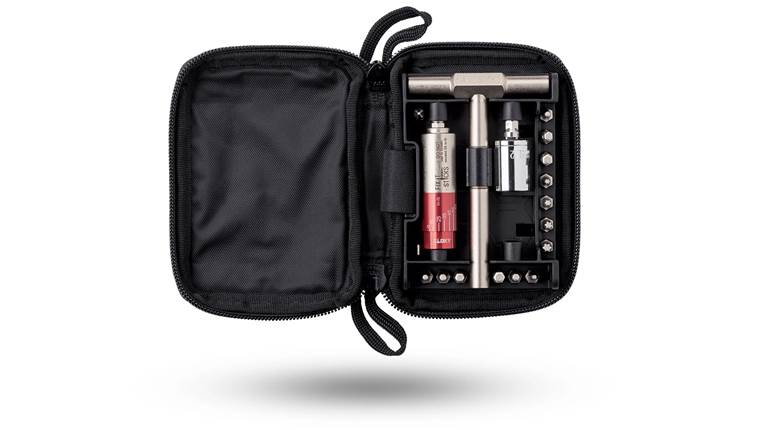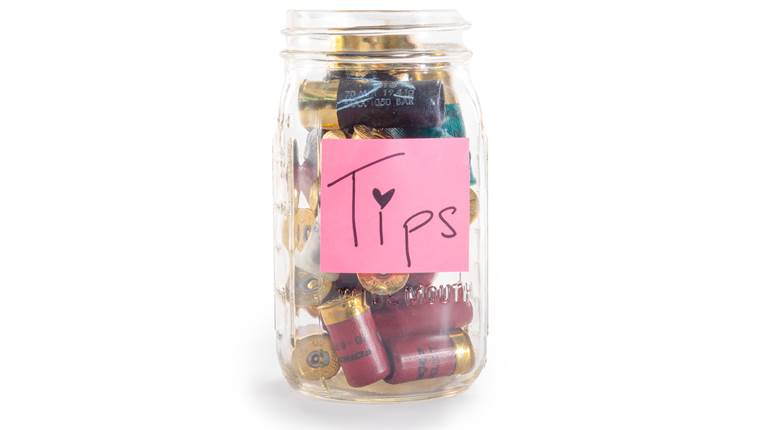
Q: In the past I owned a stainless Ruger Old Army black-powder pistol. Completely disassembling the pistol (removing the stocks, taking apart the action, etc.) was the only way I could prohibit oxidation. I used hot water and detergent, and carefully oiled the pistol. The pistol wasn’t difficult to disassemble, so it wasn’t that big of a chore. I recently was given a CVA .36-cal. 1851 Navy percussion pistol. Disassembly is a chore and not practical for cleaning. What is the best, modern way to clean this pistol without going into the disassembly routine?
A: I hesitate to declare as best any technique associated with the maintenance of firearms. That said, I will share with you what I think is the best way to clean up after shooting the Colt-style revolver, the design of which, I believe, your CVA Navy follows. Before the cleaning process begins, you need a cleaner. The best product I have found is Windex glass cleaner with vinegar. There are other similar products that I have found work as well, such as Glass Works/SOS, also with vinegar. These products typically are available in spray bottles of about 22 ozs.
I must begin by suggesting that you do this outdoors, somewhere well-ventilated, and while wearing old clothes or an apron. Pour the contents of one bottle into a gallon milk jug (or any other plastic container of the same size), then add water until the jug is nearly full. You now have enough cleaner to last many cleaning sessions.
Once your revolver is broken down to its three primary pieces, pour a few ounces of your cleaner into a disposable plastic drinking cup, and using an appropriate size cleaning rod with a patch loop, dunk the patch into the cleaner and begin swabbing out the barrel—the drippier, the better. Do the same thing with the cylinder, adding a toothbrush or similar scrubbing device to the equation, dipping it into the cleaner and working around the nipples and other crannies. Do the same on the exterior of the barrel. The surfaces on the inside of the frame, especially in the corners and the standing breech, can be scrubbed with the brush. It doesn’t take too much effort to keep the cleaner out of the interior workings, and there shouldn’t be powder fouling there anyway. Wipe the excess cleaner off with an old towel or rag, run dry patches through the barrel and chambers, wipe all surfaces down with an oily rag, and reassemble. If you wish to clean the workings of the main/grip frames, but don’t wish to totally disassemble it, remove only the backstrap and stocks, and suspend the assembly in boiling water for a few minutes. When lifted out, it will dry fairly quickly, at which time it can be thoroughly re-oiled.
–John W. Treakle





































